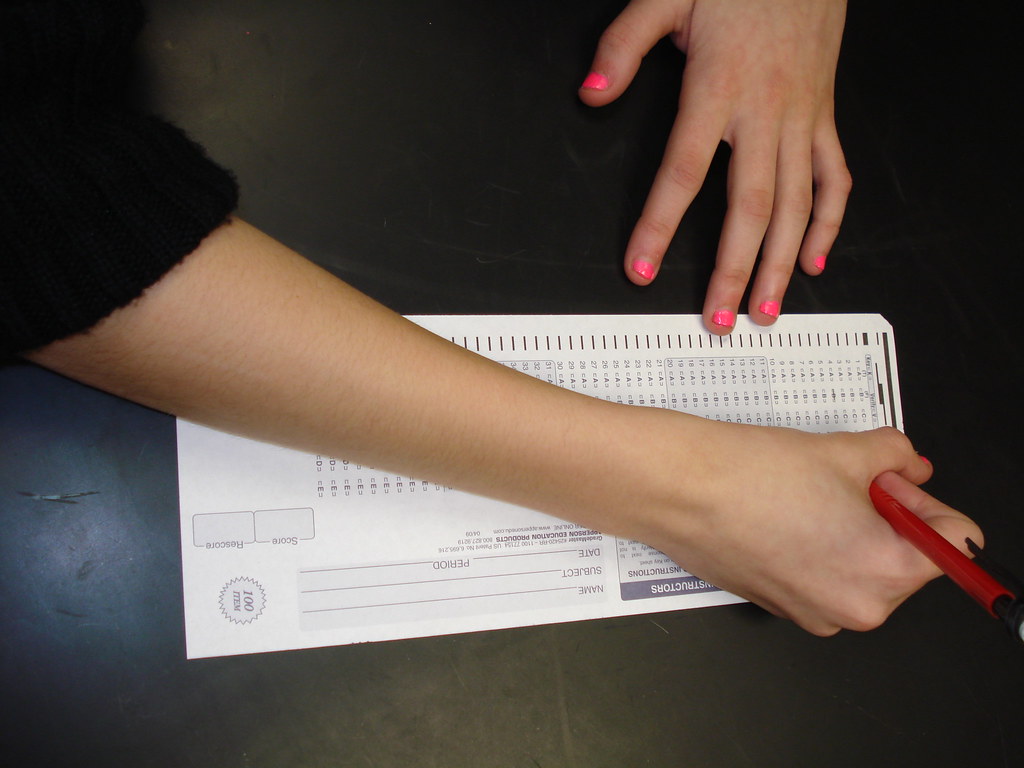With the arrival of expansive blue skies and budding flowers, there’s another, perhaps less delightful, facet that springs alongside: the impending state standardized tests. Illumination Courses no longer filled with lively, interactive and passionate learning but replaced by a peculiar dread that fills the corners of every classroom. This inherently universal school episode could foster sleepless nights and severe anxiety over pressing demands. However, it doesn’t have to be this way! With the right guidance and preparation, these colossal tests can transform from intimidating fire-breathing dragons into harmless lizards. So, grab your racing mind and beat back those butterflies in your stomach as we embark on the rewarding adventure of preparing for state standardized tests.
As a necessary part of the educational journey, state standardized tests can seem somewhat intimidating, but they don’t have to be. With the right approach and preparation, these evaluations can transition from daunting hurdles to valuable opportunities for showcasing your learning prowess. However, this might require a paradigm shift: transforming stress into success.
Success here involves a two-pronged approach. First, you need to grapple with the angst that these tests might incite. Accept that it’s okay to experience some degree of anxiety. After all, stress can be a useful motivator that keeps you from procrastination. However, the challenge is ensuring this anxiety doesn’t crescendo to crippling levels. One effective technique might be engaging in calming activities like meditation, physical exercises or listening to soothing music to help relax your mind. Second, replace any negative thoughts with positive affirmations and remember, preparation is the key to success.
Aside from mastering the psychological aspects, succeeding in standardized tests also entails the art of effective study habits. Trying to cram all study material a few days before your test is a recipe for disaster. Instead, break your study material into manageable sections, and schedule specific times for working on each section. Incorporate active studying strategies such as summarizing information in your own words, teaching the concept to someone else, or engaging in discussions about the material with classmates.
- Interval studying - Break up your studying over time.
- Active recall - Test yourself on the material rather than simply reading over it.
- Spaced repetition – Review material at increasing intervals over time.
The last piece of our strategy involves crafting a personalized test preparation plan. Everyone has different learning styles and rhythms, so it’s essential to develop a study plan that resonates with your unique attributes. The first step is getting to know your strengths and weaknesses. Next, you must identify the key areas that the test will cover. Finally, allocate sufficient time for studying each area, while allowing extra time for the sections that present the most significant challenges. Pay attention to your attention span too. If you can only focus intensely for an hour, schedule frequent short breaks during your study sessions.
On the vast panorama of academia, the imposing monolith of state standardized tests sometimes rises like a daunting Everest. But take heart, intrepid learners—success is not the singular realm of the naturally gifted nor the fortuitous. Rather, it is an attainable peak for those who arm themselves with the potent weapons of preparation, perseverance, and the potent strategies outlined in this guide. As you embark on this voyage of triumph over state standardized tests, remember to nurture your mind, saturate it with the knowledge of your syllabus and practice relentlessly. Journey forth with confidence, knowing you have learned well how to navigate the rugged terrain. Your victory lies not only in the flashes of brilliant scores illuminating your path but also in the tenacious footsteps you etch upon the soil of effort. Here’s to your Ascent!






